By Andrew Gaffney, Editorial Director
Many high-profile ABM success stories are often focused on large companies looking to prioritize their largest and most profitable customers and prospects. However, more recent deployments have proven that developing an account-first mindset can also be foundational in supporting the aggressive growth trajectories of early-stage companies.
Highspot has quickly emerged as one of those hyper-growth organizations applying an account-based go-to-market strategy. After completing a Series B round of funding, the Seattle-based supplier of sales enablement solutions went all in to rebuild its entire sales and marketing teams around an “account-based everything” model.
To support the company’s aggressive goal of growing by 3x, the company dramatically expanded its sales team, bringing on 30 new account development reps.
To guarantee those new reps were working effectively and efficiently, Highspot made significant changes to its processes and systems. As a foundational step, the marketing and sales teams got together to define an Ideal Customer Profile (ICP), and then worked with its data providers to compile an extensive list of accounts and contacts with attributes that matched a higher likelihood of conversion.
As a foundational step, the marketing and sales teams got together to define an Ideal Customer Profile (ICP), and then worked with its data providers to compile an extensive list of accounts and contacts with attributes that matched a higher likelihood of conversion.
Mapping Leads To Accounts
After importing the account list into Salesforce, Highspot implemented the “Matchmaker” lead-to-account matching solution from Full Circle Insights. Bryant Lau, Highspot’s Director of Growth Platforms & Analytics, called this application critical to the company’s ABM success. “Most CRM and marketing systems have been built from a lead perspective, so being able to answer accountbased questions can be really challenging,” Lau said, he pointed to the ability to target specific accounts and contacts based on their attributes or technographics as an example of how lead-to-account matching has been beneficial.
“We now have the right accounts and all the account attribute information on the [account field] in Salesforce,” Lau added. “We can now see that all on the individual lead or contact to actually create really smart, really targeted campaigns within Marketo.” He added that the ability to better engage those targeted accounts and contacts was fueled by using smart filtering in Marketo.
Targeted Content Fuels ABM Campaigns
In addition to segmenting its campaigns, Highspot has invested in developing more targeted content and offers for key accounts. “Content is the fuel, and you can never have enough content to fuel your demand gen engine, so that is an area we invest heavily in,” Lau said. He pointed to white papers and E-books that are tailored with specific case studies to match the industry of key accounts.
Lau also pointed to an ROI calculator the company built custom for its sales team to use, and also an engagement tool for web visitors. “I see our sales team actively using this, and the PDF output the calculator generates works beautifully as a great call to action and engagement tool.”
Beyond customizing digital assets, Highspot has also seen success with direct mail and delivery of “swag” gift packages. “We started using an app called CoffeeSender/Sendoso, which integrates with Salesforce,” said Lau. “It allows our ADR team to, literally with a press of a button, send a prospect coffee with a custom message to go along with it. People love that; they love just receiving a link to a $5 Starbucks gift card. It really stands out.”
Adding Targeting To Ad Spend
Highspot didn’t stop by making its outbound campaigns more targeted. The company piloted a campaign utilizing the Terminus platform to deliver targeted display ads to key accounts. “We split our accounts into control groups and were able to see how the accounts that received the Terminus ads progressed versus those that didn’t,” Lau said. “We were able to look back at this data after a few months and see a definite increase in those accounts that received the ads.”
The positive results helped convince the Highspot’s executive team to continue investing in targeted ads. Lau added that the first test ads included messaging and offers that were a little more generic, and the company is now trying to make ads even more targeted. “We’re really now starting to leverage some more of the information that we gathered in our ICP to create far more specific and targeted campaigns. We’re also beginning to create display ads that are very relevant to not only their roles, but what tools they are using and what pain points they might have based on their size or industry.”





